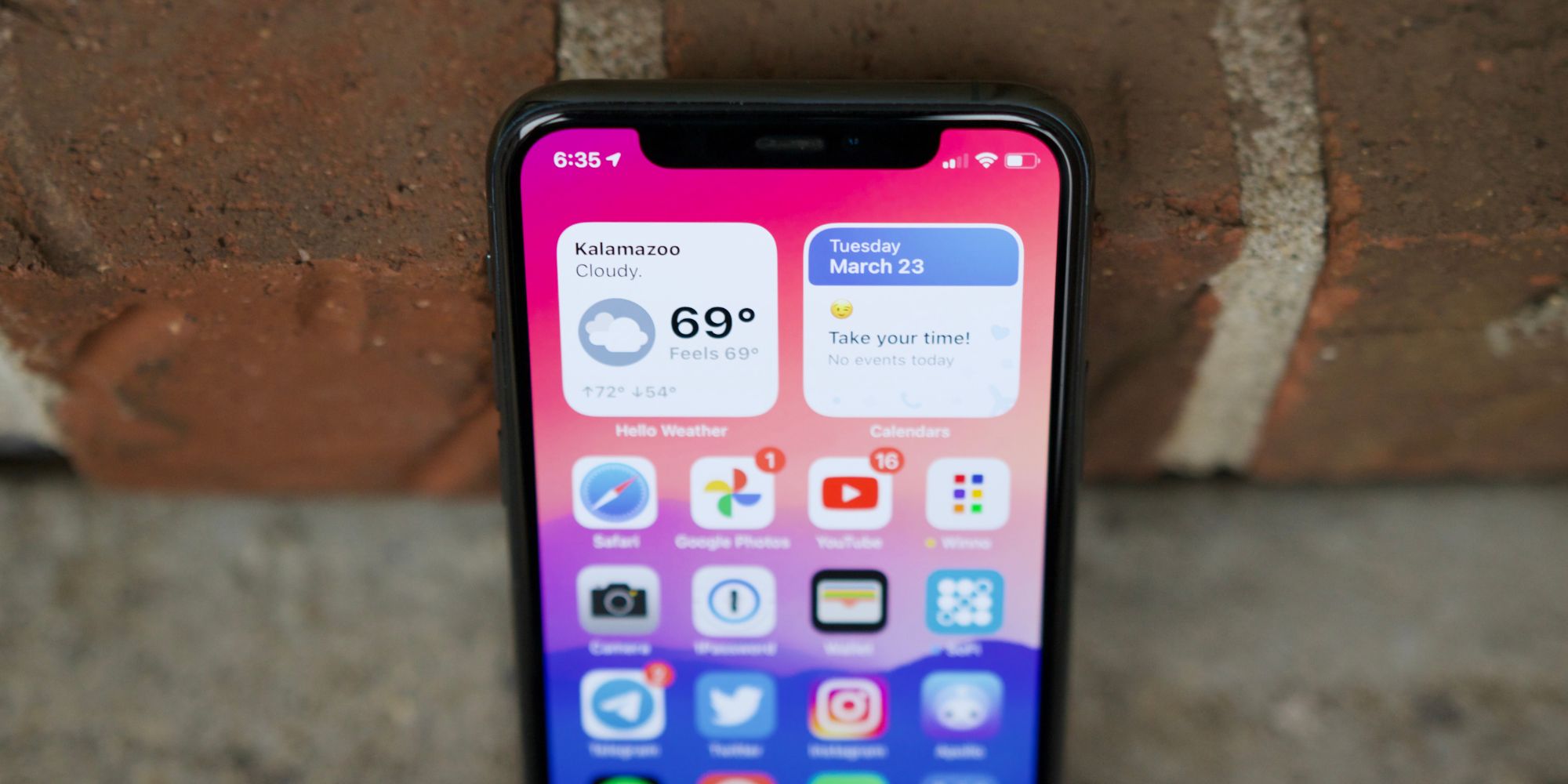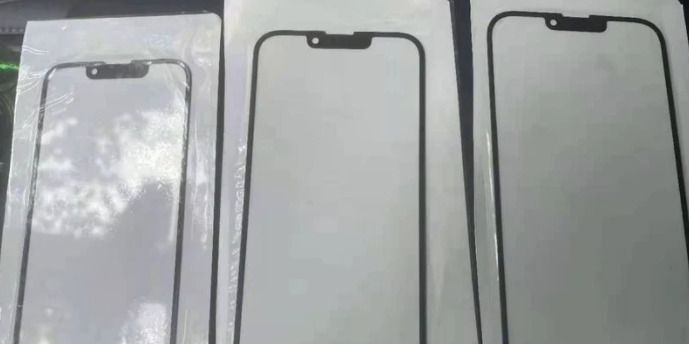How iPhone 13's Smaller Notch Might Impact Overall Design

Apple's iPhone 13 is expected to ship with a smaller notch, and thanks to a photo that was just leaked, the design impact that'll have has become a lot clearer. It's hard to believe that it's already been over three years since the iPhone X made its grand debut, and during that time, there have yet to be any major changes to the iconic notch. It's remained present on the iPhone XS, 11, and 12, all without it getting any smaller.
The notch is fine, but compared to a lot of the Android competition that's out there, it has started looking pretty antiquated. Many Android smartphones now feature tiny hole-punch cutouts, pop-out cameras, or even cameras that are hidden underneath the display. All of this is happening while Apple has remained very consistent with the notch's appearance, but with the iPhone 13 that's expected to launch later this year, that should finally be changing.
MacRumors recently shared a new image of three glass panels for the upcoming iPhone 13 models, with the photo coming from Greek iPhone repair company iRepair. The three panels mimic the three sizes available for the current iPhone 12 lineup, and assuming Apple follows the same release strategy, that means a 5.4-inch screen for the iPhone 13 mini, a 6.1-inch screen for the iPhone 13 and 13 Pro, and a 6.7-inch screen for the iPhone 13 Pro Max.

While nothing appears to be changing with the overall form/function of the display, the notch at the top of all three panels is noticeably smaller compared to what's present on the iPhone 12 series. Face ID is still remaining despite the size reduction, and that appears to be possible for a couple of reasons. This MacRumors report indicates that the earpiece speaker has been moved from the notch into the top bezel, and in addition to that, reliable Apple analyst Ming-Chi Kuo has previously noted that Apple is using new Face ID scanning technology in the iPhone 13. While the specifics of the new Face ID tech remain unclear, hopefully that'll also come with some sort of speed increase along with the reduced size.
A slightly smaller notch may not seem like that big of a deal on paper, but considering that there hasn't been any major design change on this front since 2017, any sort of upgrade is more than welcome. So long as Face ID continues to be fast and reliable, having all those sensors take up less space will be quite nice to see.
Source: MacRumors
from ScreenRant - Feed

